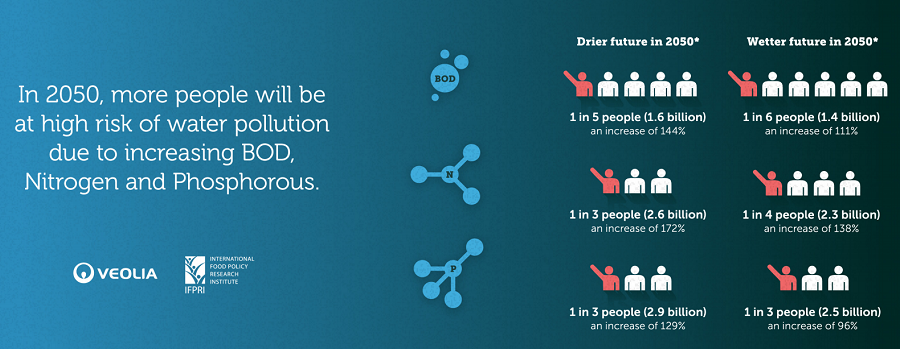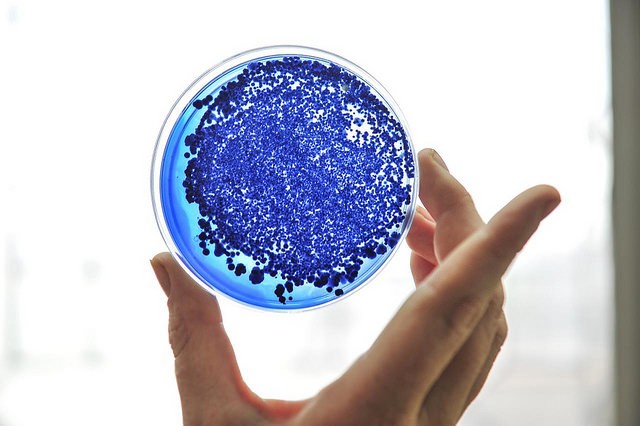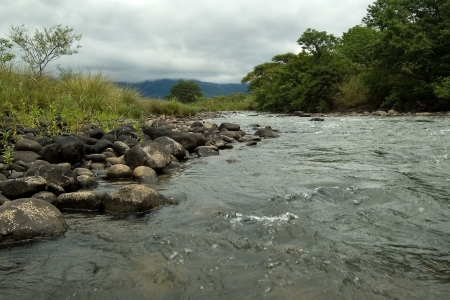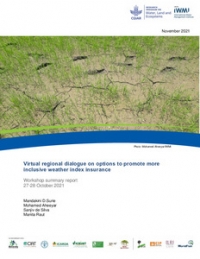Every other week we read of a new water pollution scandal, often after people fall sick, but sometimes because of large-scale fish die off or other adverse environmental impacts. Can we turn the tide of growing water pollution around?
Human sources of water degradation include household and industrial waste, agricultural chemicals, and livestock waste, which all end up in water bodies and cause pollution if untreated or not managed appropriately. As a result of insufficient action or plain inaction, today, approximately 1 in 8 or 650 million people live in areas where water quality risks are high due to elevated levels of biochemical oxygen demand (BOD), and 1/6th and 1/4th of the world’s population lives in river basins where water quality risks are high due to excessive nitrogen and phosphorous loadings. Levels of agricultural and domestic BOD, nitrogen and phosphorous are elevated or very high in China and India, parts of eastern and northern Africa; and parts of Mexico and the United States.
Increasing the load
Why should we worry? BOD measures the level of organic pollutants in the water. High BOD levels can indicate contamination with fecal matter that can adversely affect children’s physical and intellectual growth and development. Increased concentrations of dissolved organic carbon can also create problems in the production of safe drinking water if chlorination is used. Too much nitrogen and phosphorous in water leads to eutrophication, killing aquatic life by depleting oxygen. The presence of nitrogen-based compounds in drinking water can be harmful to human health. The most well-known disease is ‘blue-baby’ syndrome, which triggers oxidation of the hemoglobin in the blood resulting in dark blue coloration and is particularly harmful to infants.
As governments, the private sector, farmer associations and cities around the world still do very little to curb growing pollution, 1 in 3 people will be subject to a high risk of nitrogen pollution (2.6 billion people or an increase of 172%) by 2050. Similarly, 1 in 3 people will be at high risk of phosphorous pollution (2.9 billion people or an increase of 129%), and 1 in 5 people will be at high risk of water pollution from BOD (1.6 billion people or an increase of 144%). This estimation was carried out assuming a drier global climate change scenario. The most rapid increases will occur in low- and lower-middle income countries, plus several countries in the Middle East, primarily due to higher population growth in these countries. These large increases in pollution loads will be detrimental to public health, a country’s possibilities to attract business or export food and to long-term environmental sustainability of all natural resources used for productive activities.

Bearing the burden
This alarming trend calls for a rethinking of our current development pathway. Have the global community and key actors woken up to these alarming trends? Sustainable Development Goal (SDG) 6 on water includes a specific target for water pollution (‘By 2030, improve water quality by reducing pollution, eliminating dumping and minimizing release of hazardous chemicals and materials, halving the proportion of untreated wastewater and substantially increasing recycling and safe reuse globally’). While this target is a step in the right direction, how this would be achieved remains unclear. The challenge is largest in low-income countries where pollution levels grow fastest, data on water pollution levels are not collected or monitored, where pollution shares from so-called non-point or diffuse sources dominate and where governance and enforcement mechanisms are limited.
This said, several solutions exist to address this challenge: governments are called to lead the effort to regulate, monitor and enforce water quality standards, the private sector, city administrations and farmers associations are called to implement their own water quality controls, to help ensure the future of our environment and human health. In agriculture, higher nutrient use efficiency can substantially reduce pollution loadswhile public and private sector agricultural research into nutrient-use efficiency by crops needs to be strengthened. Farmer associations should provide information and advice to their members for other measures that improve fertilizer management, with practices such as
- Deep placement of urea where it is appropriate
- Crop rotations with nitrogen-fixing (cover) crops
- No-till or reduced tillage and other conservation measures that can dramatically reduce erosion and thus protect water bodies from the adverse effects of P and N runoff
- Precision agriculture methods
- Yield monitors to apply fertilizers where they are needed most, or generate the highest yields
- Replacement of furrow irrigation with drip, which allows direct fertilizer application to the crops and their root systems
While much of the loadings are contributed by agriculture, industries and households also produce large quantities of nitrogen and phosphorous, which can be recovered more easily from effluents and sewage than non-point sources and reused in agriculture, thus helping to close the nutrient cycle. New technologies continue to be developed and applied in most developed countries, but much more needs to be done in the low-income countries where most future loadings are projected to occur.
Stepping up to the plate
Governments who signed up for the SDGs are called to phase out remaining fertilizer subsidies to improve both human and environmental health. More should also be done to invest in both countries under rapid development who lack infrastructure to manage sewage as well as developed countries in North America and Europe where an upgrade of aging infrastructure with better managed stormwater runoff is necessary.
Cities and states in countries in development need to invest more aggressively in wastewater treatment. Cities everywhere should also embrace more innovative concepts when treating polluted waters, such as incorporating urban forests or constructed wetlands in pollution abatement. Each industry and homeowner should consider recycling and reuse of grey water and separation of water sources.
While all these options exist and many new ones are being developed, the capacity of environmental management in many of the countries where nutrient loadings will increase the most remains limited. Cooperation with the international community is needed to help these countries in their efforts to fight water pollution.
Without significant attention to this looming crisis, the future deterioration of water quality poses a major threat to aquatic environments and the people that depend on them.







/index.jpg?itok=EzuBHOXY&c=feafd7f5ab7d60c363652d23929d0aee)









Comments
Every city has water plants for purification and filtering before it is used as potable water. Most cities also have plants for cleaning the water before it is sent back into the natural water reservoirs, like the ocean. It is important to have both, I think, to help prevent disease among humans, as well as to protect the environment. https://www.thinkwaterfiltration.com/en/water_filtration_system.html
Water quality is very big problem now a days. Big industries and sewage wastage waters are going into rivers and sea, which is very bad. Government should have to check strict action against this and try to keep good quality of water.
Water contamination really is a serious problem but there is what you may call detachment from most people. They feel like it's a far away problem that cannot possibly affect them. But it in fact is not. If not enough active action is taken against water contamination, we may reach a point in time when technological advances in filtering and water treatment cannot surpass the damages done to our water supplies.
If we all don't start acknowledging the fact that water pollution is a real problem, it for sure won't be an invisible threat for long. Huge companies who have no regard for the health of the environment are already doing immense damage, we shouldn't add to that problem. Instead we should all be more vocal for the cause of environmental awareness - including that of water pollution. And aside from raising awareness we should all start changing up our lifestyles in ways that can positively affect the environment.
The most effective way to treat the Sewage Water for utility is by enriched Bacteria digested in aerobic multi chambered and by treating with organic compound.
The water pollution is a very serious problem, actually, many companies throw their waste on the oceans, and contaminates the water that other people may need. Not only us need it, a lot of animals lives in the oceans, and it get sick because they lives in the trash, in the dirty water. This is a global problem, we need the water to survive, it's very important and each one have to contribute with something to keep it.